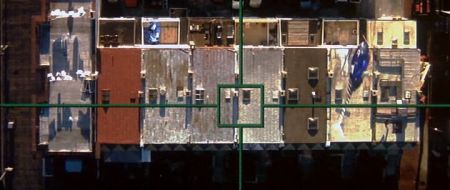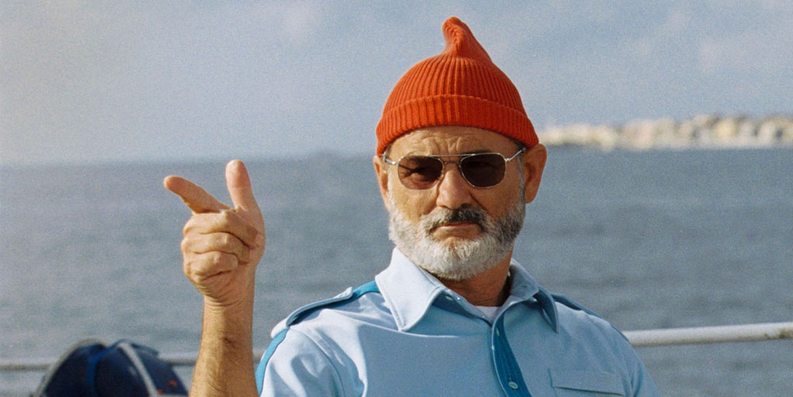
One of the aerial shots in ‘Enemy of the State’
Tony Scott’s Enemy of the State (1998), is a 90s action film that addressed themes of authority and security that are highly relevant even to modern audiences. At its heart, however, it remains a true action film, starring Will Smith as a lawyer who finds himself in the midst of a plot to compromise the privacy of United States citizens.
From the outset, Scott sets up the fast pace of the film through the opening credits. Editing and cinematography work hand in hand in this sequence to establish the idea of surveillance. Shots of cameras, tinted blue, are rapidly cut together almost like flash frames, amongst POV shots from security cameras and satellites. The ‘found footage’ style of these shots make them seem more realistic, and enhances the idea we are constantly watched, even outside the fictional world of this film. It is through discontinuity editing in this sequence allows the editor to convey a disconcerting to the audience.
These surveillance shots are used frequently throughout the film. A majority of scenes involve the main character, Robert, being surveyed by the NSA. The use of cross cutting between Robert, and what is happening to his character, and the NSA characters creates the idea that these scenes are happening concurrently, even though the characters are not in the same room, and the scenes were not filmed at the same time. Also, insert shots similar to those of the opening sequence here provide the point of view of what the NSA characters are seeing through their cameras and satellites. The combination of these different shots elevates the action, as it allowed the editor to cut rapidly between different shots, and show the action from the perspectives of the different characters, as well as the perspective of the omnipresent security cameras.

